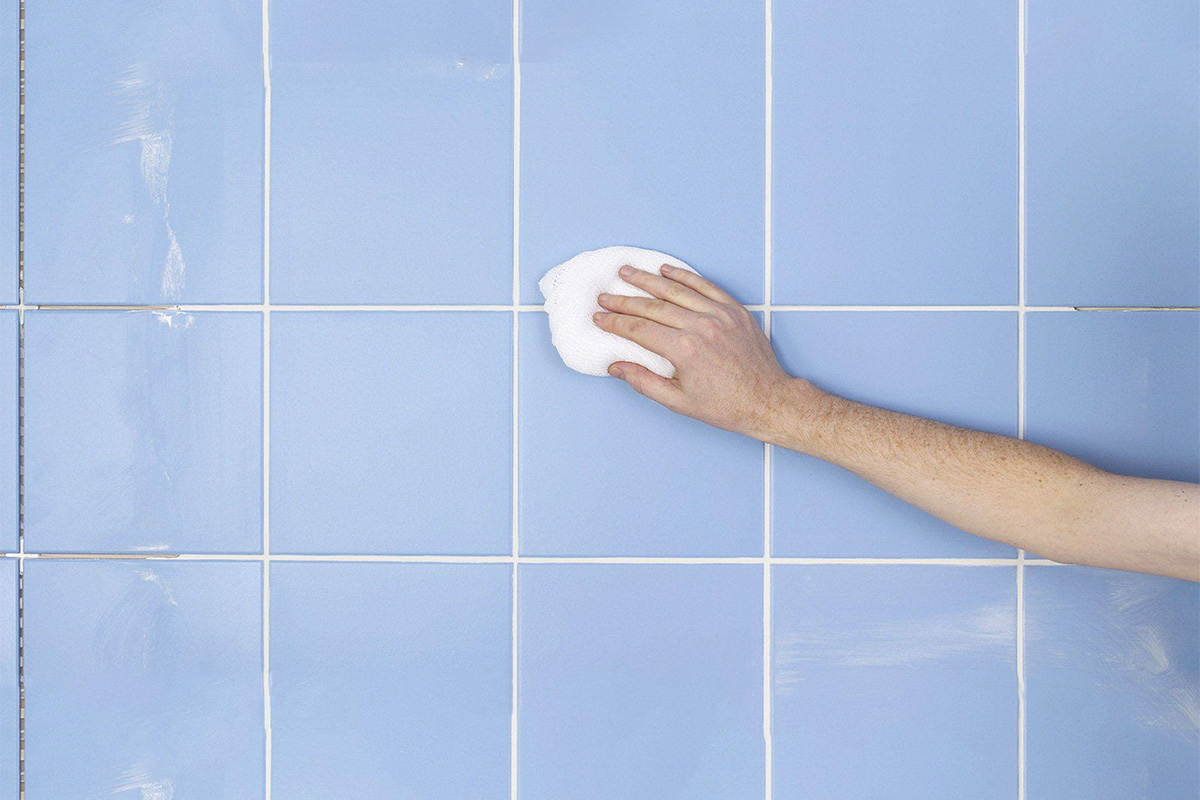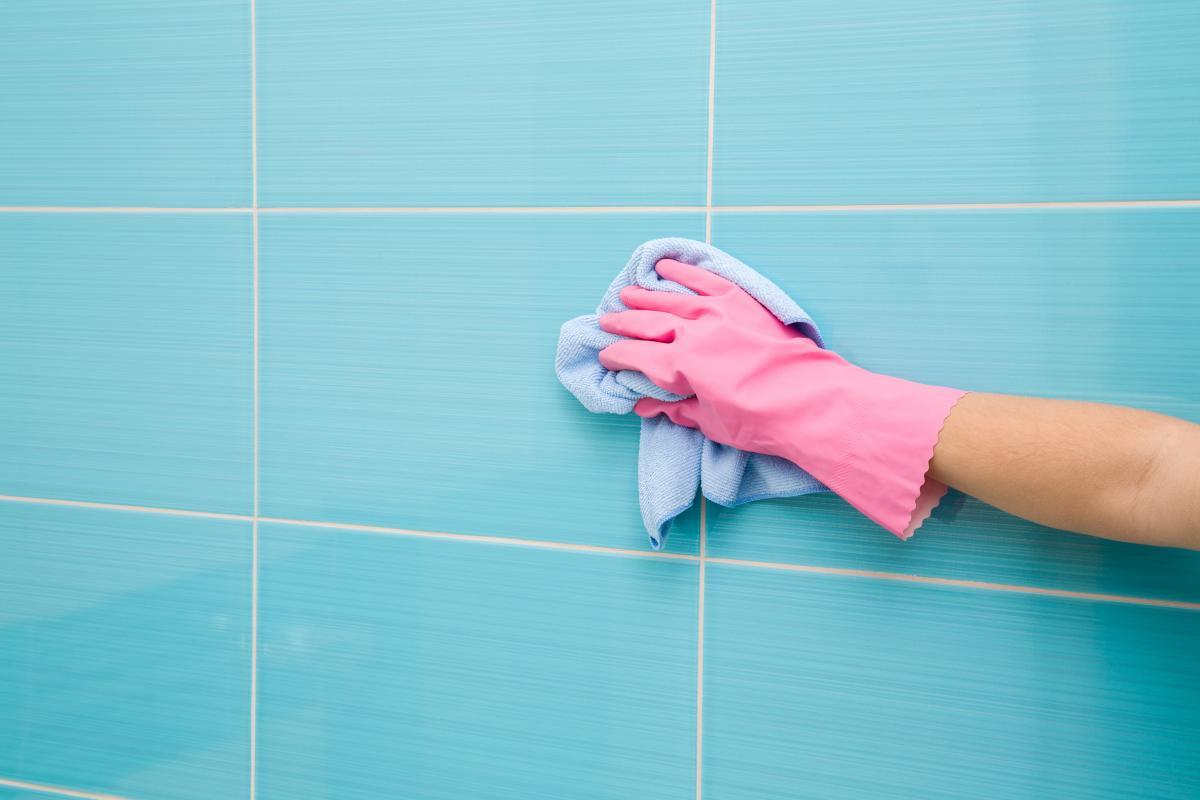In this article, we will discuss about how ceramic tiles lost shine. In the following, we will go over the strategies to learn that can be utilized to stop the dimming of this brightness. Following that, we will talk about the secret to preserving radiance and charm throughout time.
The use of ceramics as wall and floor covering is increasing day by day, ceramics with their high ability in design, insulation and flexibility in different dimensions have managed to meet all human needs as a suitable wall and floor covering.
As a result, many surfaces, especially floor surfaces, are one of the problems faced by housewives today, cleaning and polishing ceramics. Floor ceramics get dirty faster than ceramics used on walls due to high traffic and proximity to all kinds of pollution and lose their shine and gloss.
In this article, we list some simple methods of galvanizing ceramic tiles. Many people think that cleaning ceramic tiles is related to grading ceramic tiles, but there is no connection between cleaning tiles and grading ceramic tiles.
The ceramic polishing method
Shining and maintaining the shine of ceramics is one of the most important ways to have a clean and bright home. In this article, we will share with you some simple methods of cleaning and polishing ceramics.

Ammonia solution, baking soda and vinegar
In a bucket of warm water, mix one cup of ammonia with one-quarter cup of baking soda and one-half cup of vinegar. Apply your solution to the tiles and ceramics using a cloth or soft brush. This solution restores the shine and polish of ceramics and tiles. You can also use this solution to clean greasy surfaces.
You can pour this solution into salted glass containers and use it as a spray to clean ceramics. You cannot use this method to polish parquet-patterned ceramics, brown ceramics or dark ceramics.
Water and bleach solution
Tarnishing of ceramics can be more extensive than you expect and is not easy to clean, so you must use industrial detergents. The most important of these detergents is cardamom bleach, a solution of which in water can restore the lost luster of your tile.
Simply mix two to three cups of liquid bleach in one liter of water, set the solution aside for half an hour until well mixed, then cover the desired surface with the solution using a soft cloud. After 20 minutes, drain the surface or clean it with a damp cloth. This suitable method of electrification of bathroom ceramics, electrification of kitchen ceramic floors and electrification of ceramic floors in the living room can be used.
Important note: When you use this type of solution, gases are produced due to chemical reactions that can damage your lungs, so it is necessary to open the window or turn on the ventilator and it is also necessary to use gloves because this solution can cause sensitivity to your skin.

Vinegar and water solution
Many ceramics, such as ceramic facades, may only have dirt on them over time and are not very dirty. For those types of ceramics that have only lost their luster, you can mix some vinegar and water in a salted glass bottle. and clean it by spraying the desired surface with a soft cloth. Note that the cleaning of floor tiles and body tiles should start from one place and extend to other places. Clean the floor in parts and make sure that nothing gets through the cleaned parts until it dries.
The hall’s ceramic floor emits a static electric charge.
Tiles for the floors are the most essential component of a ceramic structure, and this is especially true in homes that do not have carpeting on the floors and instead rely solely on tiles for floor covering. Because cleaning this particular kind of ceramic tile is of the utmost importance, it is recommended that the ceramic floor be cleaned and polished once every two to three weeks.
The finishing of the parquet pattern with ceramic polish
The parquet design used as a ceramic floor is one of the most popular ceramic designs used as a floor covering, and it can be found in most homes. Due to the fact that this form of ceramic is brown and frequently cream in color, it shows less traces of pollution than other designs and colors of floor ceramics. Cleaning this type of ceramic is not very different from cleaning other types of floor ceramics.
When it needs to be cleaned, using varnish can occasionally produce a look that is both shiny and appealing after it has been cleaned. It is important to keep in mind that you should apply less polish to floor tiles and more polish to wall tiles because individuals could slip and fall on the floor tiles.

Seam cleaning
One of the most important parts that change color and stain are the joints between ceramic tiles, which are more sensitive and difficult to clean than other parts of ceramic tiles. These belts can wear easily, so be careful when cleaning them. Before cleaning the ceramics, you should first clean these braces and then go to the ceramics themselves.
To clean the braces, you can add a little detergent to a liter of water and then use a sponge to carefully clean the braces between the ceramics. If you are confident about the durability of the ceramic braces, you can use a soft brush like a toothbrush to clean and stain it. Use braces.
If using detergents is harmful to you, you can use baking soda or baking soda paste to clean the belts. Mix some vinegar with baking soda or baking soda to make a homogeneous paste, apply this paste to the seams and joints between tiles and ceramics and brush half an hour later with a soft brush. You will see that the straps will be completely clean.
Important note: be careful to use strong and concentrated detergents because these detergents can damage your ceramic surface and scratch it.











Your comment submitted.